I hear it all too often, "My new neighbor just cut down all the trees and shrubs between our properties and now they can see right into out house. What can I plant? " Sometimes, the problem is a road or water tank that needs screening. Maybe you want a well-planned hedge that will also offer needed food and shelter for wildlife and of course, you’d like it to be super low maintenance. Whatever your goal, hedgerows, as the English call them, are endlessly variable. If you’re planning a living fence of contrasting colors and textures, consider these factors.
Many people only think of plants that remain evergreen when they need screening. However, if you use one-third deciduous plants to two-thirds evergreens they will weave together and you won’t be able to tell where one leaves off and another begins. This makes mature hedges secure borders, especially if you throw a few barberries or other prickly plant into the mix. You’ll also get seasonal interest with fall color and berries for wildlife.
Pittosporum, photini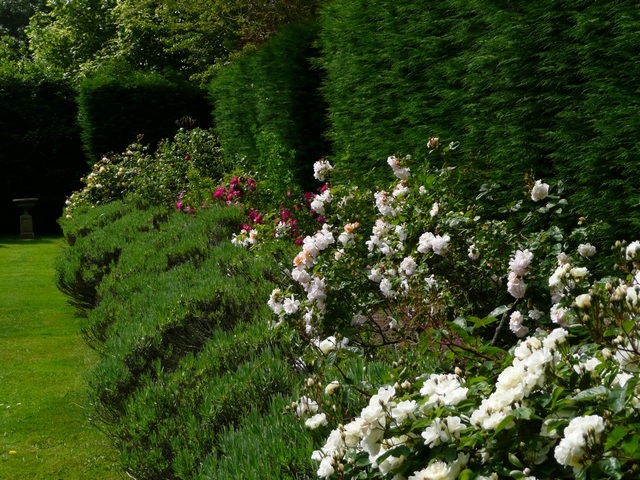 a and English laurel make great screens and hedges but what other plants can you use that would be beautiful, productive and practical in all seasons?
a and English laurel make great screens and hedges but what other plants can you use that would be beautiful, productive and practical in all seasons?
Many times a screen may start in the sun but end up in mostly shade. For your sunnier spots why not mix in a few dwarf fruit tree for you to enjoy, ceanothus and Pacific wax myrtle for the birds, barberry for beautiful foliage and fall color, spirea, rockrose, escallonia and quince for their bright flowers and fragrant lilacs for cutting in the spring? The shadier side can include Oregon grape for fragrant, yellow winter flowers, snowberry for those striking white berries in the fall, bush anemone, oak-leaf hydrangea, viburnum and native mock orange or philadelphus lewisii for blossoms in the spring.
To keep down maintenance, mulch around your plants and install drip irrigation. there won’t be any pruning to do if you choose plants that grow to the height you want. Mixed hedges appeal to bees, butterflies and songbirds while also providing flowers, berries and color throughout the year for you to enjoy.
How close should you plant a mixed hedge? If you want a quick, thick screen space plane 2-4 feet apart. This gives them room to breathe and develop their own shapes. Fast growing plants can be space 4-5 feet apart and will usually full in within 5 years.
Provide the for the fastest results. By this I mean amending the soil at planting time, mulching, fertilizing several times a year and watering deeply when needed especially during the first three years after planting when young plants put on a lot of growth. Formal hedges are fine for some gardens but think of all the added benefits you’ll get planting a mixed hedge.

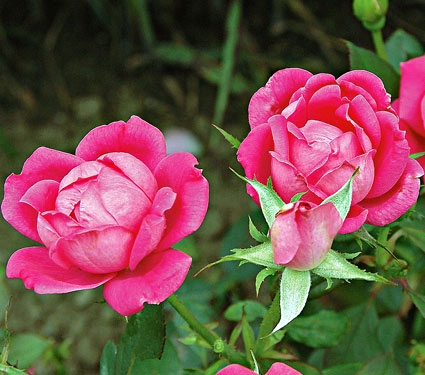 to produce lots of roses not just a few exhibition size so I prune shrubs moderately. Remember your goal is to keep the center of the plant open for good air circulation. Aim for a vase-shaped bush with an open center by cutting out crossing canes, spindly, weak, broken or diseased stems as well as dead wood. Cut back the remaining stems by about one-third, cutting canes at a 45-degree angle, just above an outward facing bud. Don’t worry whether you’re pruning job is perfect. Roses are super forgiving and you can trim them up again later. I once helped prune the rose garden at historic Gamble Gardens in Palo Alto. To revitalize the old shrubs we sawed out most of the beefy canes. I didn’t think they could recover in time for the big May bloom but they did and were spectacular. Roses are like redwoods,-you can’t kill one-they’re the energizer bunnies of the plant world.
to produce lots of roses not just a few exhibition size so I prune shrubs moderately. Remember your goal is to keep the center of the plant open for good air circulation. Aim for a vase-shaped bush with an open center by cutting out crossing canes, spindly, weak, broken or diseased stems as well as dead wood. Cut back the remaining stems by about one-third, cutting canes at a 45-degree angle, just above an outward facing bud. Don’t worry whether you’re pruning job is perfect. Roses are super forgiving and you can trim them up again later. I once helped prune the rose garden at historic Gamble Gardens in Palo Alto. To revitalize the old shrubs we sawed out most of the beefy canes. I didn’t think they could recover in time for the big May bloom but they did and were spectacular. Roses are like redwoods,-you can’t kill one-they’re the energizer bunnies of the plant world.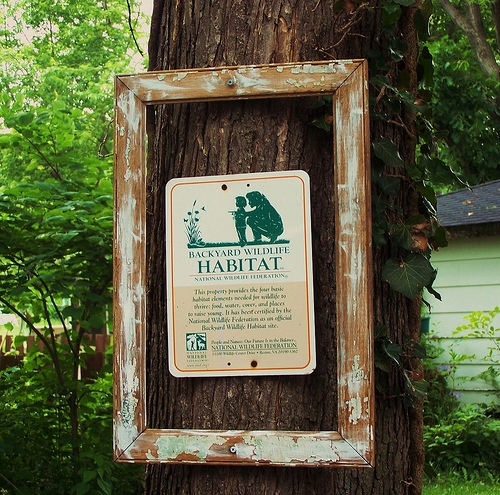
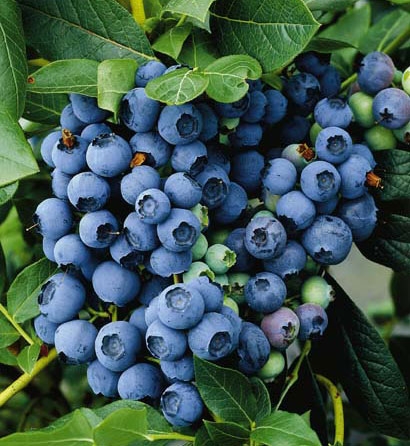 are roots don’t have to adapt to any differences between container soil and the soil in your garden. They are also cheaper to ship because the lack of a dirt ball makes them much lighter and this lightness makes them easier to handle and plant, too.
are roots don’t have to adapt to any differences between container soil and the soil in your garden. They are also cheaper to ship because the lack of a dirt ball makes them much lighter and this lightness makes them easier to handle and plant, too. 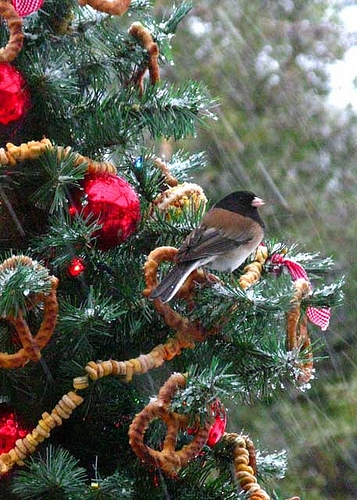 I love the holiday season. Every year I decorate a plant or tree outside my window where I can see it from inside the house. I use edible ornaments that attract small songbirds. Both fruit-eating and seed-eating birds will appreciate the dietary boost during the lean winter months. For the fruit-eaters string garlands of dried apples, bananas, hawthorn berries, cranberries and grapes onto sewing thread. You can also thread them onto wire loops with raw whole peanuts in the shell. Wire orange slices to the branches.
I love the holiday season. Every year I decorate a plant or tree outside my window where I can see it from inside the house. I use edible ornaments that attract small songbirds. Both fruit-eating and seed-eating birds will appreciate the dietary boost during the lean winter months. For the fruit-eaters string garlands of dried apples, bananas, hawthorn berries, cranberries and grapes onto sewing thread. You can also thread them onto wire loops with raw whole peanuts in the shell. Wire orange slices to the branches.